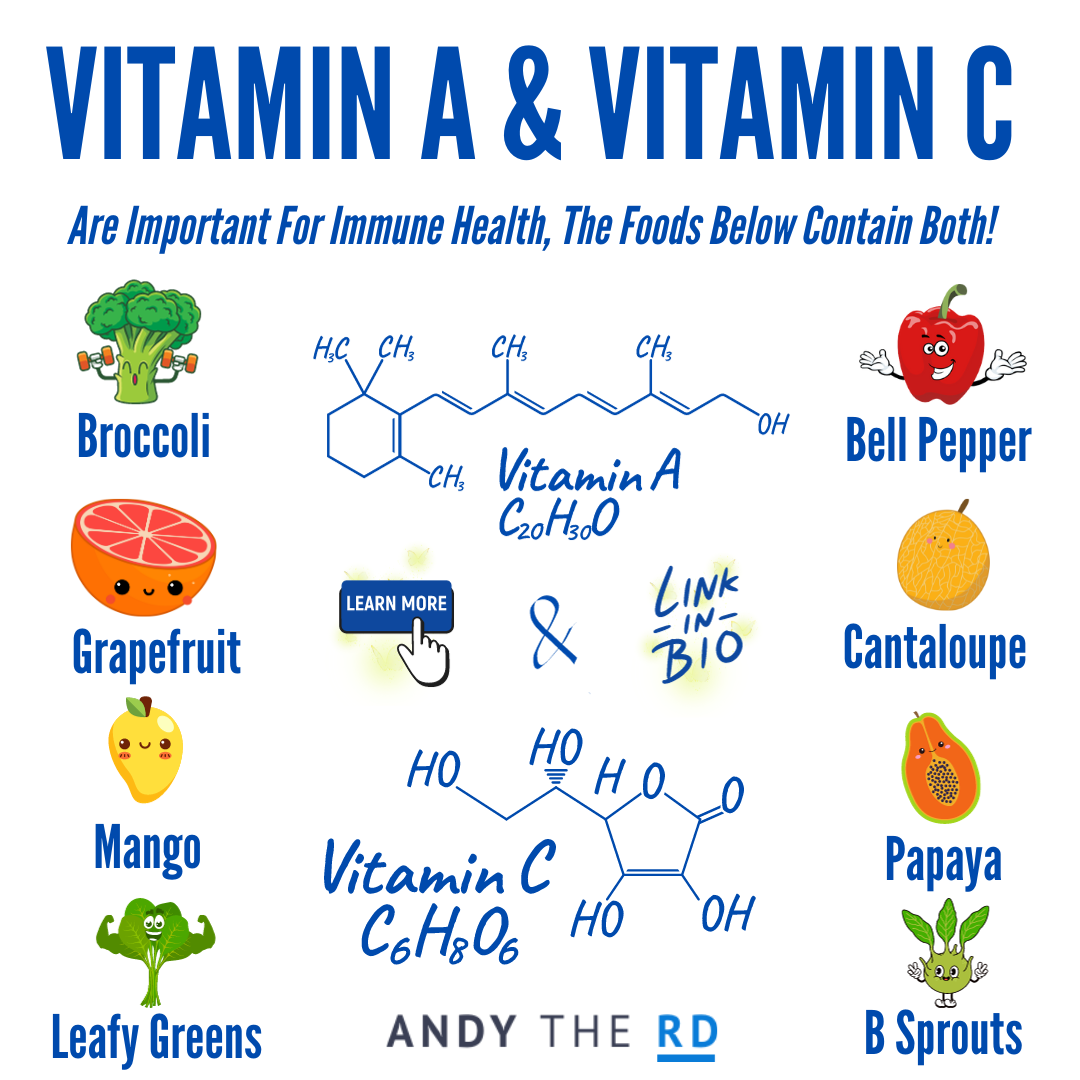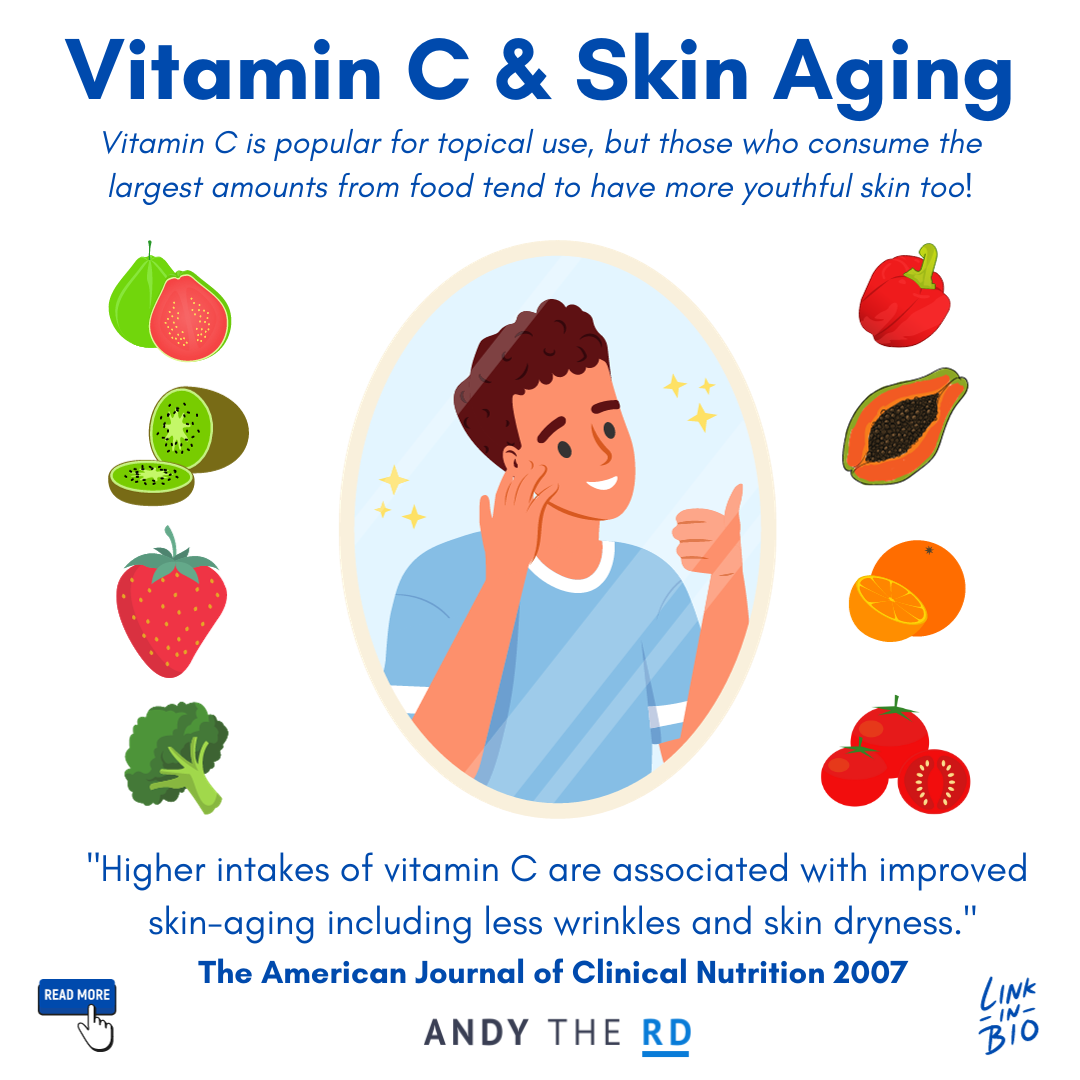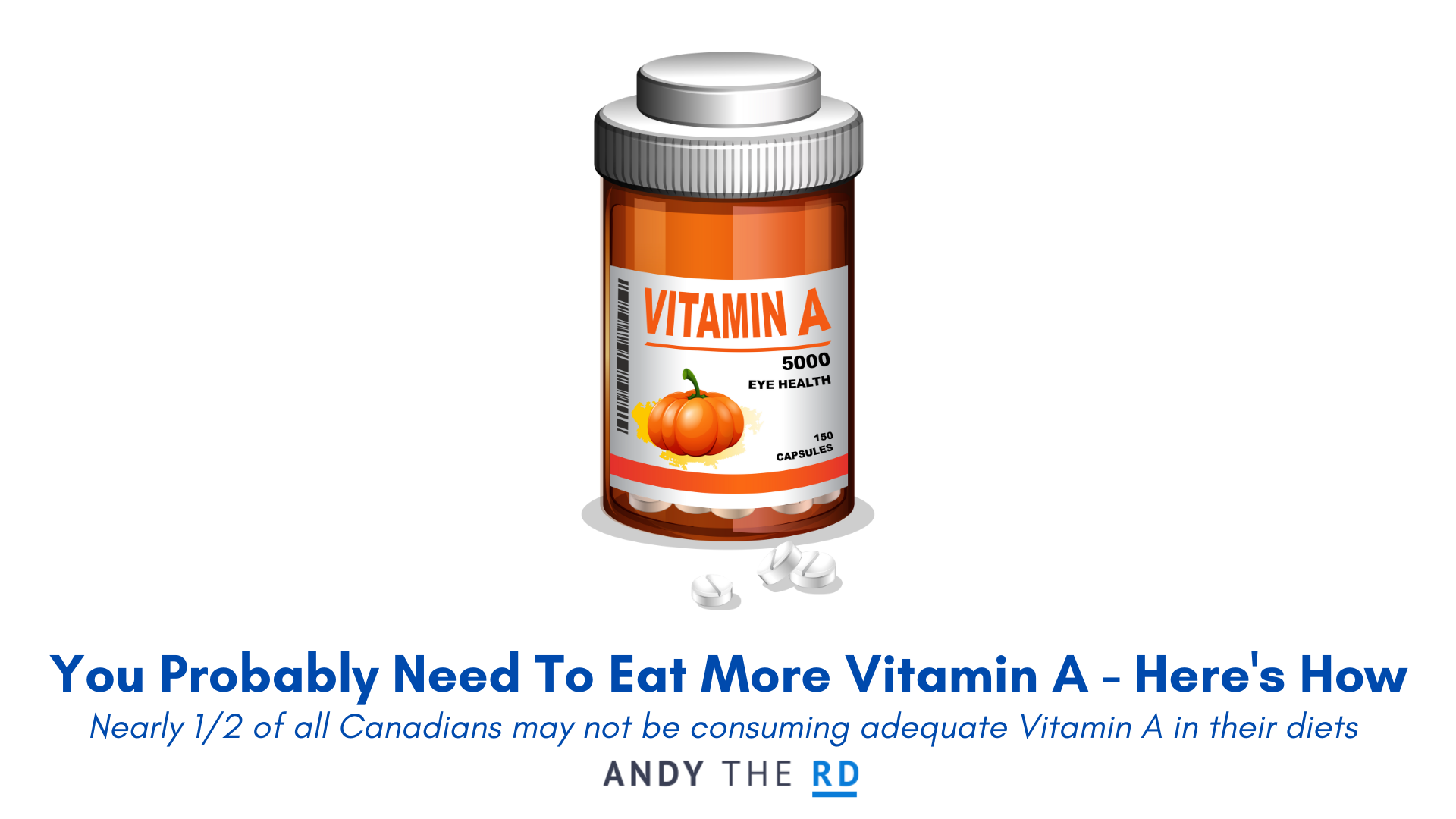Last year the American Journal Of Clinical Nutrition published a paper based on recently released survey data looking at the eating habits of Canadian adults.
They found that very specific vitamins and minerals were under consumed by large swathes of the population.
Today my gaze turns to Vitamin A, for which inadequate intakes were reported in nearly HALF of Canadians based on the data analyzed in this paper.
That’s a problem.
Adequate Vitamin A is fundamental to optimizing human health:
- Immune Health
- Skin Health
- Bone Health
- Fertility/Reproductive Health
- Vision
- Much, much more
So now we know its important and that many of us don’t get enough, here’s what can be done about it.
Vitamin A – The Heavy Hitters
Orange Veggies – Like carrots, sweet potato, squash and bell peppers.
Leafy Greens – Especially spinach, collard greens, swiss chard, lettuce, broccoli bok choy and kale.
Orange-ish Fruit – Mango, canteloupe, papaya, apricots and grapefruit.
Seafood – Bluefin tuna, Eel, clams, salmon, herring, mackerel, trout and seabass.
Vitamin A Step In The Right Direction
As a dietitian who spends an incredible amount of time interacting with both clients and population level health data, it is pretty clear to see why Vitamin A is a public health nutrient of concern.
It is found in a relatively limited number of families of food, the majority of which are vegetables which we know tend to be under consumed.
How often do you consume foods from these groups?
One serving per group per day ( or from 3/4 groups, or multiple servings within the same group) would be likely to ensure Vitamin A adequacy in most people.
It’s also true that a single medium carrot or sweet potato OR 1 cup of cooked spinach/kale would provide ~100% of one’s Vitamin A requirement.
If you need help bringing that to life in a painless way in your daily routine, you know who to call!
Until then,
Andy De Santis RD MPH
Vitamin C You Soon
I also wanted to touch on Vitamin C in today’s post because it shares similarities with Vitamin A in that both are found primarily in fruits and vegetables.
The graphics below will help guide you terms of where cross over exists and generally which foods have the largest amounts of Vitamin C.
Any of the following would provide most people with 100% of their daily Vitamin C:
- 1 bell pepper
- 2x kiwi
- 1 cup strawberries
- 1 cup brussels/broccoli
- 1 orange or 1 cup orange juice





